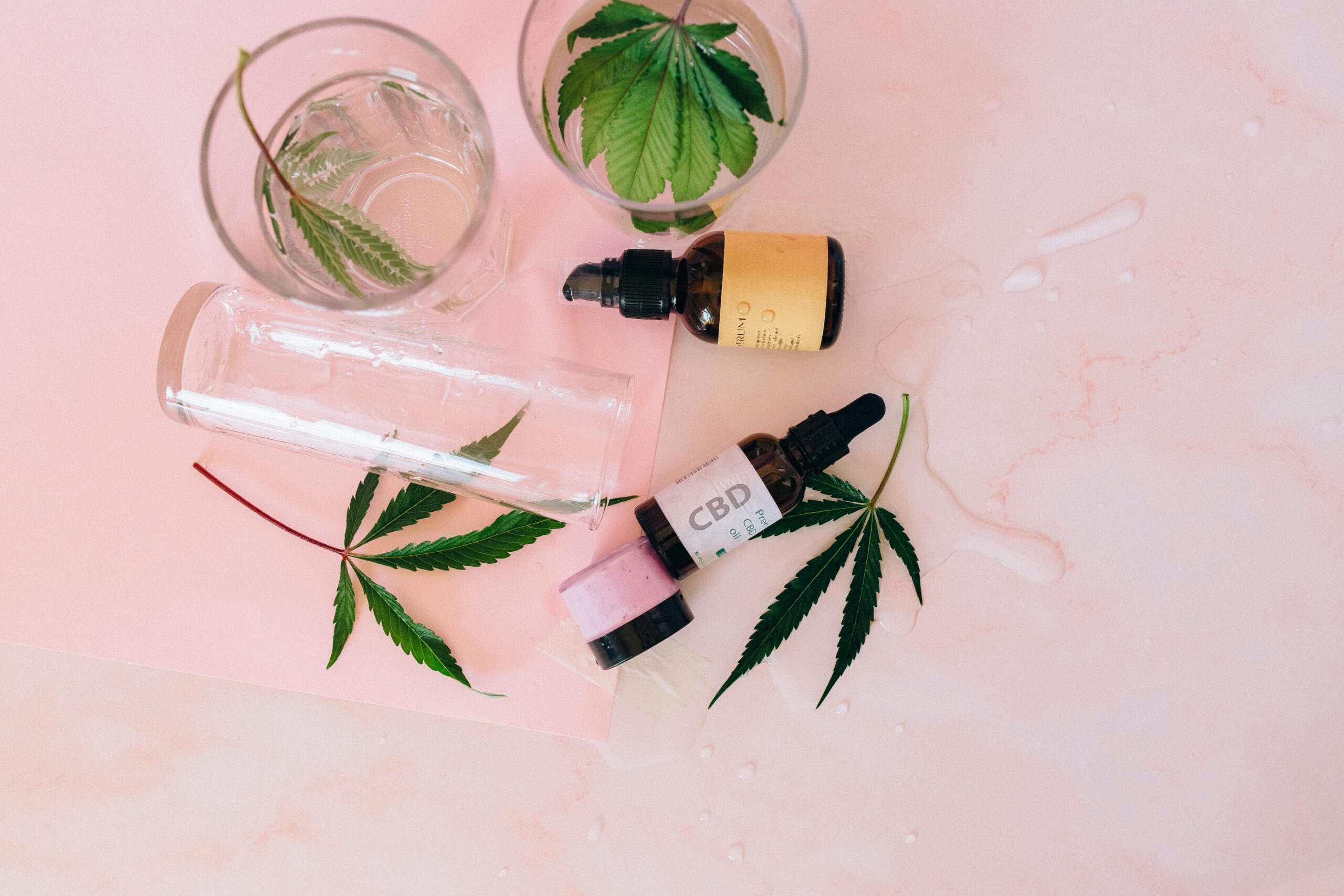As the cannabis industry expands into the rest of the U.S. market, traditional manufacturers and other businesses are getting involved. For manufacturers, there is an opening for logistical, quality, and production help. Whether it’s in healthcare or packaging, outside industry is now applying traditional business methods to cannabis to further legitimize its place in the contemporary market.
Recently, Cannabis & Tech Today sat down with Roger Throckmorton, Chief Brand Officer at International Plastics in Greenville, SC, to discuss better packaging options for the cannabis industry and why the “barrier bag” is key.
Cannabis & Tech Today: For those who don’t know, can you briefly tell us about barrier bags?
Roger Throckmorton: Barrier bags come in all different shapes, sizes, and physical characteristics. The bag that most people might be familiar with would be the bag that beef jerky comes in. It is, by no means the only barrier bag out there, but it is the one most people are familiar with.
C&T Today: So, barrier bags are primarily used to package food?
RT: Yes and no. Consumers would mostly identify with barrier bags that they would see in the grocery store they certainly play a role much larger than that. By its nature, the physical properties of a barrier bag offer the best option to provide an incredibly longer shelf life compared to a standard plastic bag.
C&T Today: What do you mean the physical characteristics? Isn’t it just a plastic bag that sometimes feels thicker than, let’s say, a bread bag or a plastic grocery bag?
RT: On the surface, it certainly would appear to be that way. A barrier bag has any number of layers of different materials. One of those layers that provides the best obstacle to compromising the integrity of the packaged contents is the aluminum foil layer.
Aluminum foil doesn’t make a barrier bag a barrier bag, but it is one of the stoutest factors when it comes to providing a true barrier. When barrier bags, which are sometimes referred to as a barrier pouch, were first introduced in the 1980s they had somewhere between 3-5 layers. Now barrier bags can have up to 13 layers. Adding more layers is possible but isn’t usually necessary and is cost prohibitive.
The more common layers that are used by cannabis companies packaging anything from CBD dog treats to the actual flower are comprised of Polypropylene, Polyamide, aluminum foil, and polyester. The polypropylene layer usually comes into direct contact with the contents of the package because of the good heat sealing, flexibility, and strength properties it possesses.
C&T Today: Okay, but I have seen bags that either have a “window” or are completely clear, even on both sides. So, how could the bag have an aluminum foil layer that protects the contents of the package?
RT: That is an excellent observation and one that most people wouldn’t necessarily catch. It is true that there are barrier bags out there that don’t have that layer of aluminum foil in them. A barrier bag doesn’t have to have that aluminum foil layer. That layer is requested by the packager to shield the contents within the bag from light, gasses, and releasing of odors. Thereby increasing the shelf life by almost a factor of 4.
C&T Today: Something I have noticed about a lot of the bags in dispensaries that look like they are barrier bags, is that some can be standing up because of the design of the bottom. But it looks like there are small little “sample” bags on wire peg hook display racks or even on those chip clip merchandiser racks.
RT: Yes, another great observation by you. Just like most plastic bags, barrier bags poses almost unlimited capabilities in terms of physical make up and what they can do. Those little sample packs are a great impulse buy opportunity and it is no surprise why convenience stores and grocery stores have those POS systems near the cash register when the consumer is ready to make their purchase.
C&T Today: Getting back to the different physical attributes of a barrier bag… the flat bottom of the bag allowing them to stand upright makes me think they would save money because the the packager doesn’t have to package the product in a plastic bag and then put the plastic bag in a little cardboard box.
RT: Yes, it does make a lot of sense to take a serious look at barrier bags as an alternative to putting a bag inside of box. There are instances where it may be necessary, but with the intrinsic packaging abilities and initial low minimums needing to be purchased of barrier bags the packager would be wise to reach out to International Plastics to discuss just what might be possible and save themself a pile of money in terms of both initial costs, but also the fact that bags are going to break like glass or dent like metal containers. Not to mention that barrier bags allow the marijuana/CBD packager to brand their products as if they were little ads or billboards.
C&T Today: What do you mean little billboards?
RT: With the market becoming more competitive and more difficult to separate yourself from the competition with brand recognition, no matter if they are packaging pet treats or bulk quantities of bud, they must present themselves in a more professional way. While they are in competition for repeat customers and want to have as professional appearance as possible, especially with seniors beginning to make up a larger and larger market of the customers.
They are used to professionally packaged medicines and feel a sense of trust because of what they have grown up with over the decades they have been bombarded with brand after brand. They are more apt to give a trustworthy brand they feel they can trust and that will be on the shelf the next time as opposed to a fly by night startup that they don’t necessarily have the desire or energy to risk their fixed income on.
While fixed income isn’t in the vocabulary of a typical Kush consumer, they are also looking for a brand they can trust and are familiar with. The awesome thing is that the printing technology has made massive improvements in a few short years. The old barrier bag does not look like the new barrier bags. Nor does the packager have to purchase bulk quantities of customer printed photographic quality barrier bags.
C&T Today: This is all well and good but what about exit bags or child-resistant packaging. Certainly, a barrier bag isn’t able to qualify for something like that and especially not be custom printed?
RT: Actually, you’d be surprised at just how amazing our custom printed exit bags perform and look. While just like all our non-printed plain and ziplock stock barrier and stock exit bags our custom exit bags have patented technology to keep the contents secure. While also allowing the bags to be presented in more of a “cool” factor than the sterile white or plain black bags
C&T Today: Is there anything I didn’t ask that a cannabis packager might take into consideration?
RT: Unlike the hard packaging that a packager may be packaging their product in, barrier bags allow a manufacturer, like international Plastics to ship just the bags themselves and not the air inside of a metal tin or glass jar.
Not to mention the possibility of loss prevention in transit when a shipment is mishandled, or something drops on the pallet and compromises the hard containers. Plus, the barrier bags allow for a UPC to be easily displayed for quick scanning at checkout.






